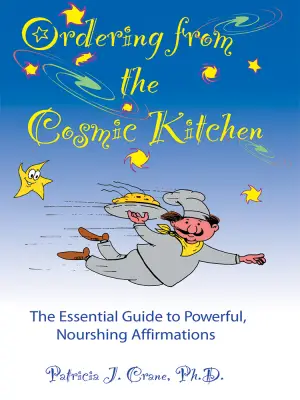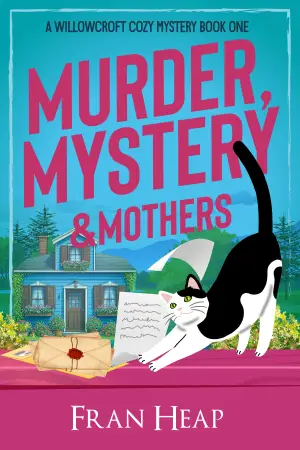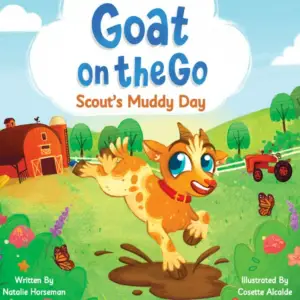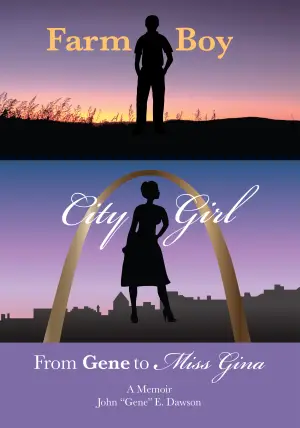Book Review: Murder in Tuscany (Armstrong and Oscar Cozy Mystery, #1)
When I stumbled upon Murder in Tuscany by T.A. Williams, I was drawn in by its promise of a cozy mystery set against the stunning backdrop of Tuscany. The blend of picturesque scenery with a whodunit seemed like the perfect escape read to dive into. Alas, I found myself on a rather different journey—one that led me to a reading slump rather than a delightful escapade.
From the very first pages, I could feel the weight of familiarity—not in the way that comforts, but in a way that left me uneasy. The protagonist, a retired police detective grappling with his impending divorce, felt less like a weary hero and more like a relic of outdated narratives. It’s hard to ignore when within the first few paragraphs, he laments his broken marriage while indulging in ogling and objectifying women. A line like, “She had short hair and was wearing no make-up but didn’t need any,” leapt off the page as a glaring reminder of the author’s perspective. Instead of empathy or depth, it felt like wardrobe commentary devoid of any substance.
What truly nagged at me was the protagonist’s humor, which often came across as forced—like trying to fit a square peg in a round hole. The constant assigning of “quirky” nicknames to characters, such as “Agatha (aka Marge Simpson)” or “Dracula” for the housekeeper, made me cringe more than chuckle. It felt as if humor replaced genuine character development, leading instead to a parade of stereotypes and clichés that added little to the narrative.
The pacing was another hurdle. What should have been a thrilling unraveling of a mystery felt more like a slow plod through tropes. With an excessive focus on self-pity and shallow observations, I found myself checking the percentage of the book read far too often, wondering when the plot would finally pick up the pace. I, much like the author himself, could sense a need for a change—the fab picturesque settings of Tuscany deserved more than this meandering narrative.
One moment that stood out, albeit negatively, was an offhand comment regarding Michelangelo’s celebrated anatomy in the statue of David. It showcased a blend of the author’s attempts at humor and socio-artistic commentary that felt wildly misplaced and somberly tone-deaf.
Maybe my expectations were too high going in, but the mix of musty gender dynamics, underwhelming plot, and stunted character growth led me to abandon ship at the halfway mark—an experience echoed by my wife, who was reading the book at the same time. Our mutual sentiment felt like a chapter in an uncharacteristically bleak romantic drama that aired in the wrong season.
In conclusion, while Murder in Tuscany might appeal to those looking for light reads steeped in predictable formulas, it ultimately misses the mark for anyone seeking depth or innovation in their cozy mysteries. If you’re a reader who thrives on strong character arcs and nuanced storytelling, this might not be your cup of Tuscan wine. For me, it served as a stark reminder of how sometimes, expectations can lead us astray—a lesson worth noting in our literary adventures. Maybe next time, Tuscany will hold the dazzling secrets I hoped for, but for now, my reading journey nudges me onward in search of better company.
Discover more about Murder in Tuscany (Armstrong and Oscar Cozy Mystery, #1… on GoodReads >>












